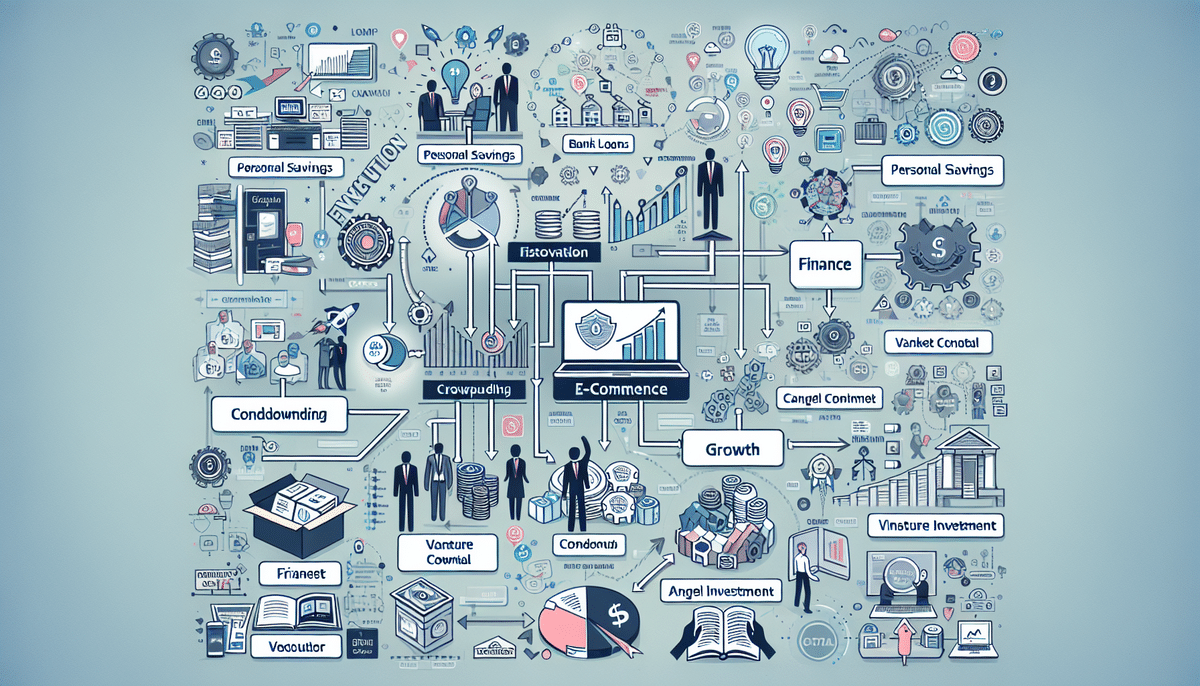Understanding Inventory Holding Costs for Ecommerce Businesses
For ecommerce businesses, inventory represents one of the most significant investments. Accurately calculating inventory holding costs is essential for maintaining profitability and making informed decisions about inventory management. Inventory holding costs encompass all expenses related to storing, maintaining, and financing inventory over a specific period. High holding costs can significantly impact your bottom line, making it crucial to optimize these expenses through effective inventory management strategies.
Importance of Inventory Holding Costs
Inventory holding costs are critical for several reasons:
- Financial Efficiency: Understanding holding costs helps businesses allocate resources more effectively and improve financial planning.
- Profit Maximization: By minimizing holding costs, businesses can increase their profit margins.
- Inventory Optimization: Accurate calculation aids in maintaining optimal inventory levels, preventing both overstocking and stockouts.
According to a study by the Forbes Technology Council, effective inventory management can reduce holding costs by up to 20%, significantly boosting profitability.
Factors Influencing Inventory Holding Costs
Several elements play a role in determining the total inventory holding costs for an ecommerce business:
1. Cost of Capital
The cost of capital refers to the expenses associated with financing your inventory. This includes interest payments on loans, credit card interest fees, and other financing costs. A higher cost of capital increases the overall holding costs.
2. Storage Costs
Storage costs encompass rent, utilities, and maintenance of the warehouse or storage facility. These costs can vary based on location, size, and the type of storage required for your inventory.
3. Insurance and Security
Protecting inventory from damage, theft, or loss adds to the holding costs. Insurance premiums and security measures are essential to safeguard your inventory.
4. Labor Costs
Managing inventory often requires dedicated staff for tasks such as receiving, storing, and tracking inventory items. Labor costs can significantly impact holding costs, especially for businesses with large inventories.
Types of Inventory Holding Costs
Inventory holding costs can be categorized into several types:
1. Capital Costs
The cost associated with the money tied up in inventory. This includes interest charges and opportunity costs.
2. Storage Costs
Expenses related to warehousing, including rent, utilities, and equipment.
3. Insurance Costs
Costs to protect inventory against risks like theft, damage, and loss.
4. Handling Costs
Expenses incurred from moving and managing inventory, including labor and equipment costs.
5. Obsolescence Costs
Losses from inventory that becomes outdated or unsellable over time.
Understanding these categories helps businesses identify specific areas where they can implement cost-saving measures.
Strategies to Reduce Inventory Holding Costs
Implementing effective strategies can help ecommerce businesses minimize their inventory holding costs:
1. Effective Inventory Management
Utilize inventory management systems to track stock levels in real-time, automate reordering processes, and forecast demand accurately.
2. Just-in-Time (JIT) Inventory
JIT inventory management involves ordering and receiving inventory only as needed. This reduces the amount of inventory held, thereby lowering holding costs. However, it requires a reliable supply chain and accurate demand forecasting.
3. Demand Forecasting
Accurate demand forecasting helps businesses maintain optimal inventory levels, reducing the risks of overstocking and stockouts. Tools and software can analyze historical sales data, market trends, and seasonality to predict future demand.
4. Supply Chain Optimization
Streamlining the supply chain can lead to faster inventory turnover and lower holding costs. This includes improving supplier relationships, reducing lead times, and enhancing logistics efficiency.
5. Bulk Purchasing and Discounts
Negotiating bulk purchase discounts can reduce the per-unit cost of inventory, indirectly lowering holding costs by decreasing the overall investment required.
Impact of External Factors on Inventory Holding Costs
External factors can significantly influence inventory holding costs:
1. Supply Chain Disruptions
Events such as natural disasters, transportation delays, or supplier issues can disrupt the supply chain, leading to increased holding costs due to prolonged storage periods.
For example, the McKinsey & Company reported that supply chain disruptions during the COVID-19 pandemic increased holding costs for many businesses by an average of 15%.
2. Market Demand Fluctuations
Changing consumer preferences and market trends can lead to fluctuations in demand, affecting inventory levels and holding costs. Businesses must stay agile and adapt to these changes to minimize costs.
3. Economic Conditions
Economic downturns can reduce consumer spending, leading to excess inventory and higher holding costs. Conversely, economic growth can increase demand, potentially reducing holding costs if managed correctly.
Calculating and Analyzing Excess Inventory Costs
Excess inventory, or overstocking, ties up valuable resources and increases holding costs. Here's how to calculate and analyze these costs:
1. Determine Carrying Cost per Unit
This includes all expenses related to storing and financing one unit of inventory over a specific period, such as a year.
2. Calculate Excess Inventory
Identify the number of units that exceed your optimal inventory level.
3. Multiply Carrying Cost by Excess Units
Excess Inventory Holding Cost = Carrying Cost per Unit × Number of Excess Units
Analyzing this cost helps businesses understand the financial impact of overstocking and implement strategies to reduce excess inventory.
Implementing a Just-in-Time (JIT) system or improving demand forecasting can significantly reduce excess inventory and associated holding costs.
Conclusion
Inventory holding costs are a substantial expense for ecommerce businesses, affecting overall profitability and financial health. By accurately calculating these costs and understanding the factors that influence them, businesses can implement effective strategies to optimize inventory management. Leveraging advanced inventory management systems, adopting Just-in-Time inventory practices, and enhancing demand forecasting are all crucial steps in reducing holding costs. Additionally, staying informed about external factors and adapting to market changes ensures that businesses remain competitive and financially efficient in the long run.
For further reading on inventory management best practices, consider exploring resources from the Supply Chain Brain and the Investopedia.




















